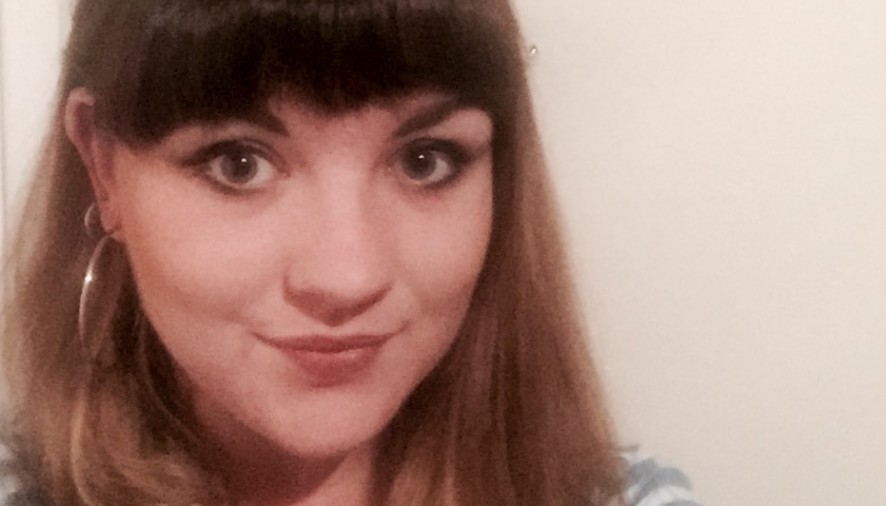Do you know what you look like?
I don’t, and I never have.
I have an idea of course, but then it’s hard to distinguish which parts of my body image are factual, and which have been created by my Witch. That’s what I call the Body Dysmorphic voice in my head, because my god is she a nasty piece of work! She says the most evil and cruel things to me, and the most annoying part is that she has said these things to me so many times, and for so long, that I have been believing them for years now.
I mean if I look at it objectively, I do think it’s fair to say that my face isn’t being pulled in different directions, because that just doesn’t happen in real life – that’s a delusion and I’m aware of that now. But is my nose really that big? And are my eyes really that small? And is my hairline really that obscure? And is my forehead actually that huge? And is my chin really that disfigured, or is my smile really that crooked?…
The list of things I’m unsure of goes on and on, and I actually really do hope they’re delusions too because what I see in the mirror is not very cute. So yeah, I’m just quite unaware of what I look like.
I mean sure, a lot of young people do suffer from insecurities about their appearance, so when does low self-esteem turn into Body Dysmorphic Disorder?
BDD is a psychological disorder very similar to Obsessive Compulsive Disorder. It adopts the same ‘anxiety cycle’: You feel anxious about an aspect of your appearance and become obsessed, usually with a perceived defect, so you find that if you carry out a certain behavior or ritual to counteract this flaw or defect, you alleviate this anxiety. You then begin to feel a compulsion to carry out this certain behavior or ritual to keep this anxiety under control, the same anxiety which stems from the obsession; reinforcing and validating it.
BDD also transgresses so that it’s not just how you see yourself that causes anxiety, but also how you physically feel. The only way I can try and describe having BDD is that the skin you’re in is actually a spacesuit, and the real you is underneath that, itching to get out.
BDD also has a really high co-morbidity rate, meaning it invites other mental illnesses along to the party with it. In my case, I have suffered depression, generalized anxiety disorder, OCD, dermatillomania (compulsive skin picking), social phobia and also agoraphobia.
In short, the past 12 years have been pretty turbulent to say the least.
So you just think you’re ugly? I hear you say. You’re just fishing for compliments – all girls do that.
Wrong, wrong, and wrong again.
I don’t think I’m ugly I know I am – don’t you dare compliment me. BDD is also very common in males.
(N.B. I’m aware that the first two statements are very unhealthy and will maybe one day, after a fair bit of treatment, be changed. I’m just trying to demonstrate how the mind of a body dysmorphic works and dispel the myths surrounding the illness).
It can be really damaging to undermine the extent to which BDD can debilitate someone – it can get to the stage where a glimpse of your face in a reflective surface can ruin your day. So, no – we’re not just attention seeking.
With it being a lesser known illness, it can be harder to access the correct treatment and support.
The good news is that there is help out there, and once we destigmatise mental illness as a whole and begin to talk more comfortably about disorders like BDD, problems can get identified much sooner than they have been before.
A lot more information about BDD and how it can be treated can be found here on the NHS Choices website:
http://www.nhs.uk/Conditions/body-dysmorphia/Pages/Introduction.aspx
Hannah Lewis
Image courtesy of backonpointe.tumblr.com


